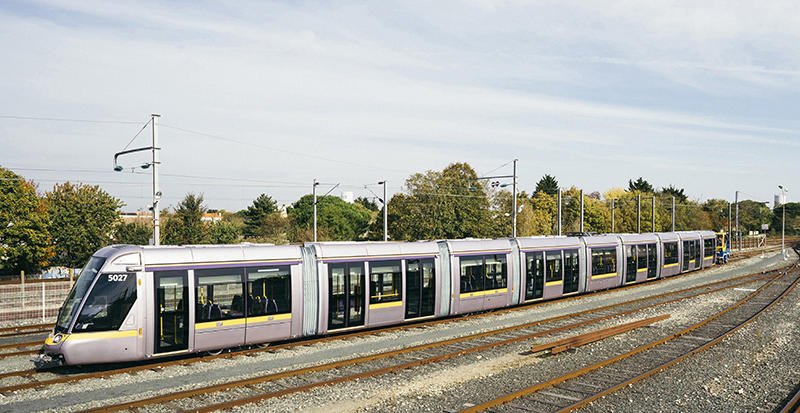So I wrote this post in the Ontario Line thread:
TBH there are feasible options for building a second Yonge Line that I have seen speculated upon in the Transit Fantasy Maps thread.
The one option that intrigues me most is a configuration that has a new express-like subway built under Bay Street and eventually connecting to Yonge at Davisville, and taking over the Line 1 track north to Richmond Hill. The original Line 1 terminates at Davisville Station (or if it can be figured out how, extended one more stop to Eglinton). In terms of disruption, Davisville station would probably have to be shut down for a while but that is hardly a system-ending inconvenience.
And got inspired to see what a rebuild of Davisville station area could look like. But first, I mapped out the Bay-Yonge Subway configuration:
Essentially the Bay Subway is an express line downtown, that takes over the Yonge Corridor north of Eglinton. It extends all the way to Queens Quay, thus finally resolving the whole Waterfront transit & Union Station issue. I chose an alignment that detours onto Avenue and St. Clair to expand transit coverage, and because you can mostly follow public ROW and seemed like less eventual issues with grade as you approach Davisville. Though, since the Yonge Line is actually not under Yonge Street between Wellesley and St. Clair, you could also run it up Yonge Street as some other people have suggested previously.
I've left stations out of the map as that is up for discussion between balancing coverage and the express-like aspect of the Bay Line. (Though, I would have beginning from the south: Queens Quay, Wellington (Fin. District/Union connection), Nathan Phillips Square, Gerrard, Bay (south of Bloor), Davenport, St. Clair & Avenue, Davisville)
I still haven't figured out how the section between Davisville and Eglinton looks like. It feels unsatisfactory for Line 1 to terminate at Davisville just before Eglinton, so on my sketch below I send it through a new tunnel under Duplex to Eglinton (barely shown at the top of the image), where the line terminates (not sure how the train will be able to turn around at Eglinton yet). The Bay subway emerges onto the old Line 1 tracks just after Chaplin Crescent and continues to Eglinton and beyond.
Yellow are the subway lines, Orange are the station platforms, and the dark red are the reduced Davisville Yard functions. The new Davisville Yard is decked over and probably would largely just serve as storage for a few trains to assist with operations. I tried to make station platforms 150m in length, wasn't sure that was enough.
Now, the inspiration that led to all these holiday morning sketches, Davisville Station is decked over and redeveloped:
So, unlike with the Crosstown, we have learned our lesson and decided to use subway investment as an opportunity to do some development and community-building, and hopefully recoup some of the cost of construction. Davisville Station has been decked over as previously mentioned, with necessary support structures for the development above incorporated in the design. Going to be a very tricky construction, especially for the buildings above the existing Yonge Subway fronting on Yonge Street. Don't ask me if it's feasible, I'm not engineer, just posting a map in a transit fantasy thread.
I suspect none of those buildings in the middle block can have underground parking, so that is interesting from a planning perspective I suppose.
Existing street network in cyan. Extension of Duplex shown in teal to meet with Merton Street at Yonge.
Pink describes mixed-use residential buildings. Purple describes primarily office towers with residential on-top, this includes a rebuilt of the Davisville TTC HQ.
Oriole Park is extended, Frobisher Ave is converted into a trail as access to the Davisville Yard can be had from the extended Duplex Ave. The green in the middle of the Davisville Station block is an open-space public plaza that enables European-style public-square and programmable space.
edit: updated the map to trace the subway lines underneath the Davisville Station redevelopment.
....
I'm sure there are plenty of flaws, but this is intended as a conversation starter.






